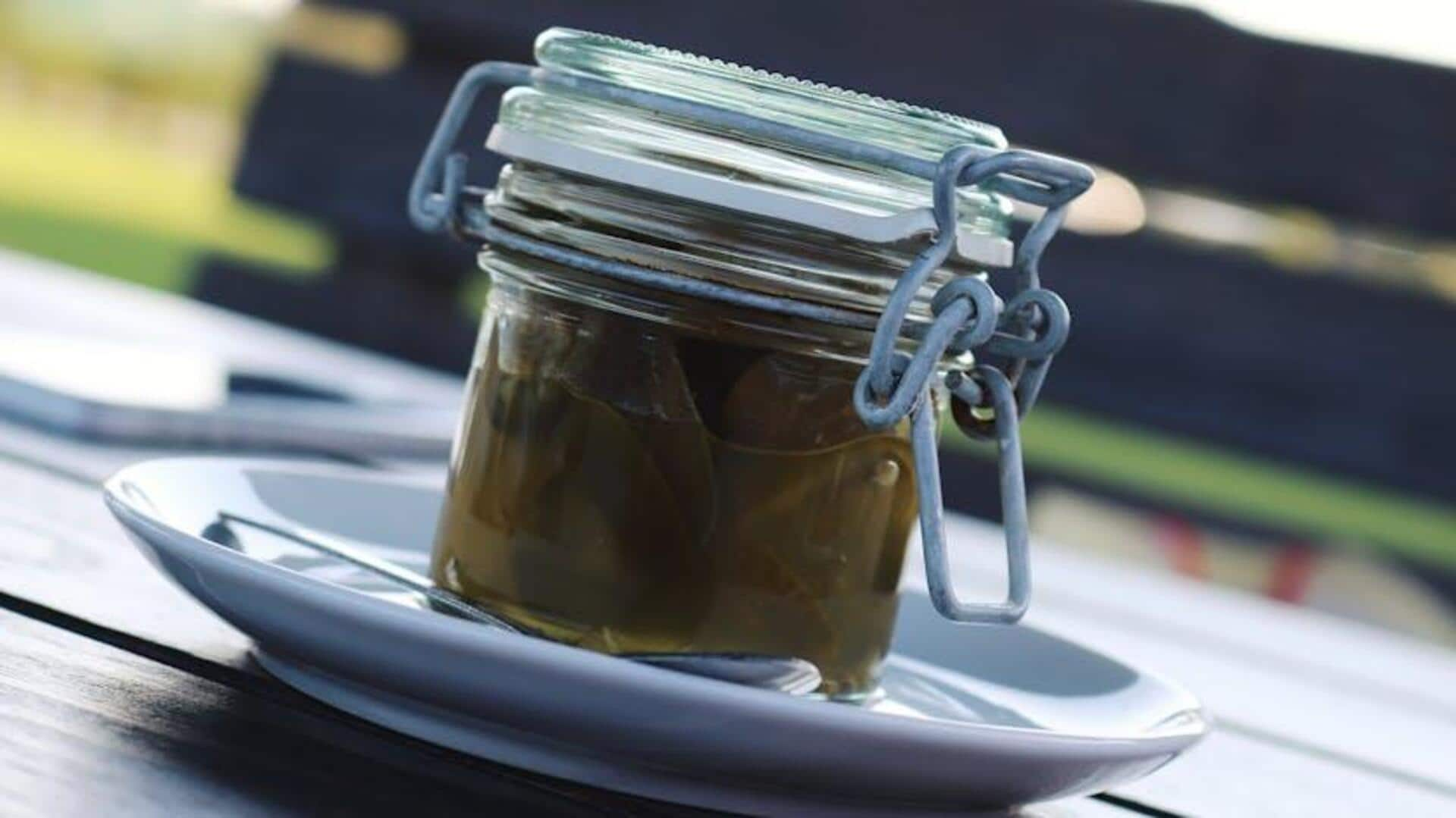
How to keep pickles fresh
What's the story
Pickles are a delicious way to add some zest to your meals. However, keeping them fresh can be a challenge. With the right storage techniques, you can keep their flavor and texture intact for a longer time. Here are some practical tips to keep your pickles fresh and tasty, so that you can enjoy them at their best.
Tip 1
Use airtight containers
Storing pickles in airtight containers is essential to keep them fresh. Air exposure can cause the pickles to lose their crunch and flavor. Glass jars with tight-fitting lids are ideal as they prevent air from entering. Make sure the containers are clean and dry before filling them with pickles to avoid any contamination.
Tip 2
Keep them refrigerated
Refrigeration is key to prolonging the life of your pickles. The cold temperature slows down bacterial growth, keeping your pickles safe and fresh. Make sure your refrigerator is set at a temperature between two degrees Celsius and four degrees Celsius for optimal preservation. This way, you can keep the quality of your pickles intact for a longer time.
Tip 3
Avoid cross-contamination
Cross-contamination can spoil your pickles quickly. Always use clean utensils when serving or handling the pickles. Never dip fingers or unwashed utensils into the jar as this introduces bacteria that can spoil the contents. Keeping everything sterile helps maintain the quality of your pickles.
Tip 4
Monitor expiration dates
Like any preserved food, pickles have a shelf life. It's important to check expiration dates regularly and consume them before they expire for the best flavor and safety. If you notice any changes in color or smell, it's best to discard them even if they haven't reached their expiration date yet.
Tip 5
Store away from direct sunlight
Direct sunlight can affect the quality of your pickles by increasing the temperature inside storage containers, which may lead to spoilage over time. Store your jars in a cool, dark place away from direct sunlight exposure, such as inside cabinets or pantries, where temperatures remain consistent and low enough not to affect contents adversely over time.